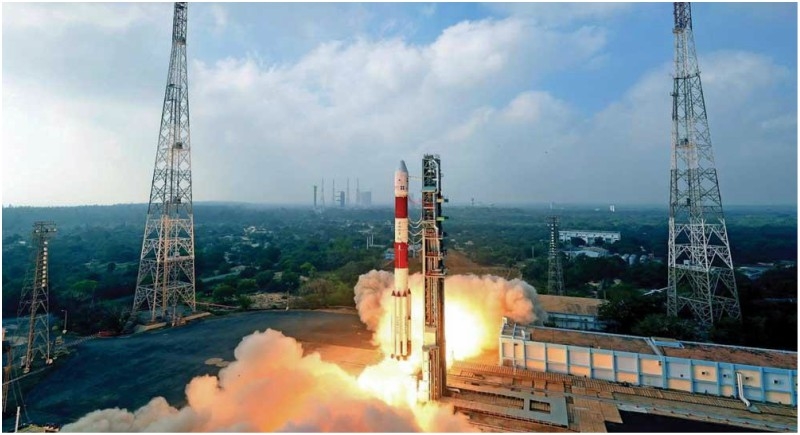ISRO tests crew escape system for human spaceflight
Hyderabad, July 5: India took another step forward with its human spaceflight program, as ISRO tested the crew escape system for its crew capsule in an emergency pad abort situation. The test lasted about 220 seconds, during a two-hour window that opened at 06:00 am.

While the Indian Space Research Organisation (ISRO) has not made manned space missions one of their highest priorities, the agency has been quietly proceeding with work on a capsule that would launch atop the GSLV Mk.III rocket and carry a crew of two into orbit.
The project’s most high-profile test came three and a half years ago when the Crew Module Atmospheric Reentry Experiment (CARE) successfully demonstrated that the spacecraft could withstand the rigors of atmospheric reentry.
The test, which was unmanned, is designed to validate the launch escape system that would carry the spacecraft and its crew to safety in the event of a major malfunction during the early stages of a future manned launch. Unlike CARE, which was carried to an altitude of 126 kilometers (78.3 miles, 68.0 nautical miles) on the first test flight of the GSLV Mk.III, the flight took place entirely within Earth’s atmosphere.
While the test had a two-hour launch window, running from 06:00 to 08:00 India Standard Time (00:30 to 02:30 UTC), the target liftoff time was understood to be 07:00 local (01:30 UTC). The mission had previously been scheduled to fly last year, but ISRO has not announced the reason for it being delayed.
Under the power of its abort motors, the capsule will rise into the sky above Sriharikota and head out to sea – reaching an altitude of around 2.5 kilometers (1.6 miles, 1.3 nautical miles).
The capsule flying the abort test is fitted with an altimeter and satellite navigation receivers to track its position. It was to use India’s NavIC, or IRNSS, navigation system as well as the US Global Positioning System (GPS), augmented by GAGAN transmitters on Indian geostationary satellites.
Telemetry was to be transmitted to the ground directly and also uplinked to the GSAT-6 satellite in geostationary orbit. Overall the test vehicle stands 14 meters (46 feet) tall, with a mass of 12,500 kilograms (27,600 lb).
The mission was conducted from the Satish Dhawan Space Centre on Sriharikota Island, using one of the center’s sounding rocket launch areas. This facility is located less than 200 metres (660 feet) from the Sriharikota coastline, about two and a half kilometres (1.6 miles) to the south of Satish Dhawan’s Second Launch Pad (SLP) that supports PSLV and GSLV missions, and three and a half kilometres (2.2 miles) north of the derelict launch complexes that were used by the earlier SLV and ASLV rockets.





